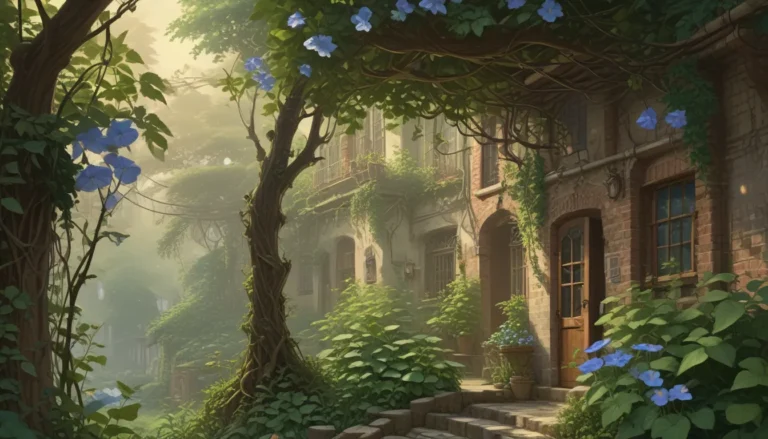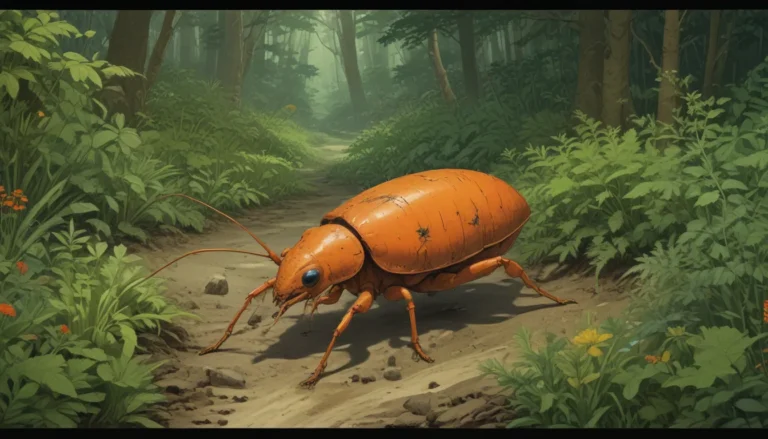The Comprehensive Guide to Growing and Training Dracaena Plants as Bonsai

Are you intrigued by the art of bonsai but hesitant to dive into something too challenging? Look no further than dracaena plants – your new best friends in the bonsai world.
While most bonsai plants require outdoor care under specific conditions, dracaena plants thrive indoors with minimal attention. They can tolerate low light, irregular watering schedules, and biannual feedings – making them an ideal choice for beginners and seasoned enthusiasts alike.
Let’s delve into all you need to know about growing and training dracaena plants as bonsai.
What You’ll Learn
- Dracaena as Bonsai
- Planting and Care
- Shaping and Pruning
- Repotting
- Species and Cultivars to Select
- Managing Pests and Disease
If you’re already familiar with caring for dragon trees, you’re one step ahead. For those new to the world of dracaenas, consider exploring our growing guide to get started. Additionally, beginners to bonsai can find valuable information in our beginner’s guide to bonsai.
Ready to embark on this bonsai journey? Let’s begin.
Dracaena as Bonsai
Dracaena plants are perfect for individuals seeking an indoor bonsai option that thrives in low-light conditions. While dracaenas don’t fit the traditional bonsai mold due to their large leaves, they make up for it with their easy-care nature and adaptability to indoor environments.
These dragon-like plants appreciate being root-bound, making them well-suited for the art of training as bonsai. Dracaenas can withstand periods of drought and neglect, making them forgiving plants for busy or forgetful caretakers.
The name “dracaena” originates from modern Latin, derived from the Greek term “drakaina,” signifying a mythical female serpent or dragon. With its blood-red sap and spiky flowers, the plant’s appearance truly lives up to its dragon-like name.
Lifespans of dracaena plants are impressive, with some specimens living up to 500 years. This longevity makes them ideal candidates for bonsai enthusiasts looking for long-term projects.
Planting and Care
Upon bringing your dracaena plant home, it’s crucial to repot it. Whether it comes in a pre-potted container or bare-root, replacing the soil ensures optimal growth and health for your bonsai.
To repot your dracaena:
1. Remove the plant from its container, discarding the existing soil.
2. Trim away dead roots and adjust root length as needed.
3. Clean the container with a bleach solution.
4. Fill the container with a suitable tropical potting mix.
5. Water the plant post-repotting and place it in a bright, indirect light location.
Maintaining a proper watering schedule is essential for dracaenas. Allow the soil to dry out between waterings, but avoid prolonged periods of dryness. Feed your plant twice a year with a slow-release bonsai fertilizer to ensure its nutritional needs are met.
Remember to wipe the leaves periodically to eliminate dust buildup, promoting healthy growth and appearance.
When it comes to care, consistency is key. By offering a stable environment with adequate light, water, and nutrients, your dracaena bonsai will flourish.
Shaping and Pruning
Upon acquiring your dracaena bonsai, you may find it pre-trained into a particular shape or in need of training. Shaping and pruning are key components of bonsai cultivation, allowing you to sculpt your plant into a desired form.
Dracaena plants typically grow with a single stem and leaf tuft at the top. By trimming the stem, you can encourage new growth and create a multi-stemmed appearance. Experiment with various shapes, twists, and braids to showcase your creativity and personalize your bonsai.
To facilitate bending and shaping of stems, consider gentle twisting, braiding, or tying techniques. Secure the stems with garden ties to maintain your desired shape. Similarly, pruning dead or yellowing leaves ensures a tidy appearance and promotes new growth.
Repotting
One challenge of growing dracaena bonsai is the need for frequent repotting due to rapid plant growth. Repotting involves removing the plant, trimming roots, and resetting it in fresh soil to maintain optimal health and size.
Consistent repotting helps control growth and encourages root-bound growth, a desirable trait in bonsai plants. Use the same tropical potting mix during repotting to provide familiar growing conditions for your plant.
Species and Cultivars to Select
Dracaena encompasses several species suitable for bonsai cultivation, including D. fragrans, D. deremensis, D. marginata, D. sanderiana, and D. surculosa. Marginata plants offer unique cultivars such as ‘Colorama,’ ‘Tarzan,’ and ‘Tricolor,’ each with distinct leaf colors and shapes.
Select a species or cultivar that aligns with your aesthetic preferences and growing environment. Experiment with different varieties to discover which dracaena plant suits your bonsai vision best.
Managing Pests and Disease
While dracaena bonsai are relatively low-maintenance, they are susceptible to common pests and diseases affecting houseplants. Monitor for aphids, mealybugs, scale, spider mites, soft rot, and leaf spots regularly to catch and prevent infestations.
Refer to our detailed guide on identifying and addressing pest and disease issues specific to dracaena plants to maintain a healthy bonsai environment.
Perfect for Beginners
Dracaena bonsai offer a low-maintenance yet rewarding experience for novice and experienced bonsai enthusiasts alike. With their adaptability to indoor conditions and forgiving nature, these plants serve as excellent introductory bonsai projects.
Whether shaping a single-stemmed plant or experimenting with twisting and braiding techniques, dracaena bonsai allow for creative expression and artistic exploration. Share your bonsai journey and design intentions in the comments below to inspire and connect with fellow enthusiasts.
If you found this guide helpful in cultivating your dracaena bonsai, consider expanding your bonsai knowledge by exploring related guides:
– How to Grow Your First Bonsai
– How to Grow and Shape Ponytail Palms as Bonsai
– Cascade Bonsai Pruning
Explore these resources to enhance your bonsai expertise and continue your journey in the captivating world of bonsai cultivation.
By incorporating detailed information, practical tips, and creative suggestions, this comprehensive guide aims to empower bonsai enthusiasts to cultivate and train dracaena plants successfully as bonsai. From planting and care to shaping and pruning, each aspect of dracaena bonsai cultivation is explored in depth, providing valuable insights for readers seeking to embark on a botanical artistic journey.





